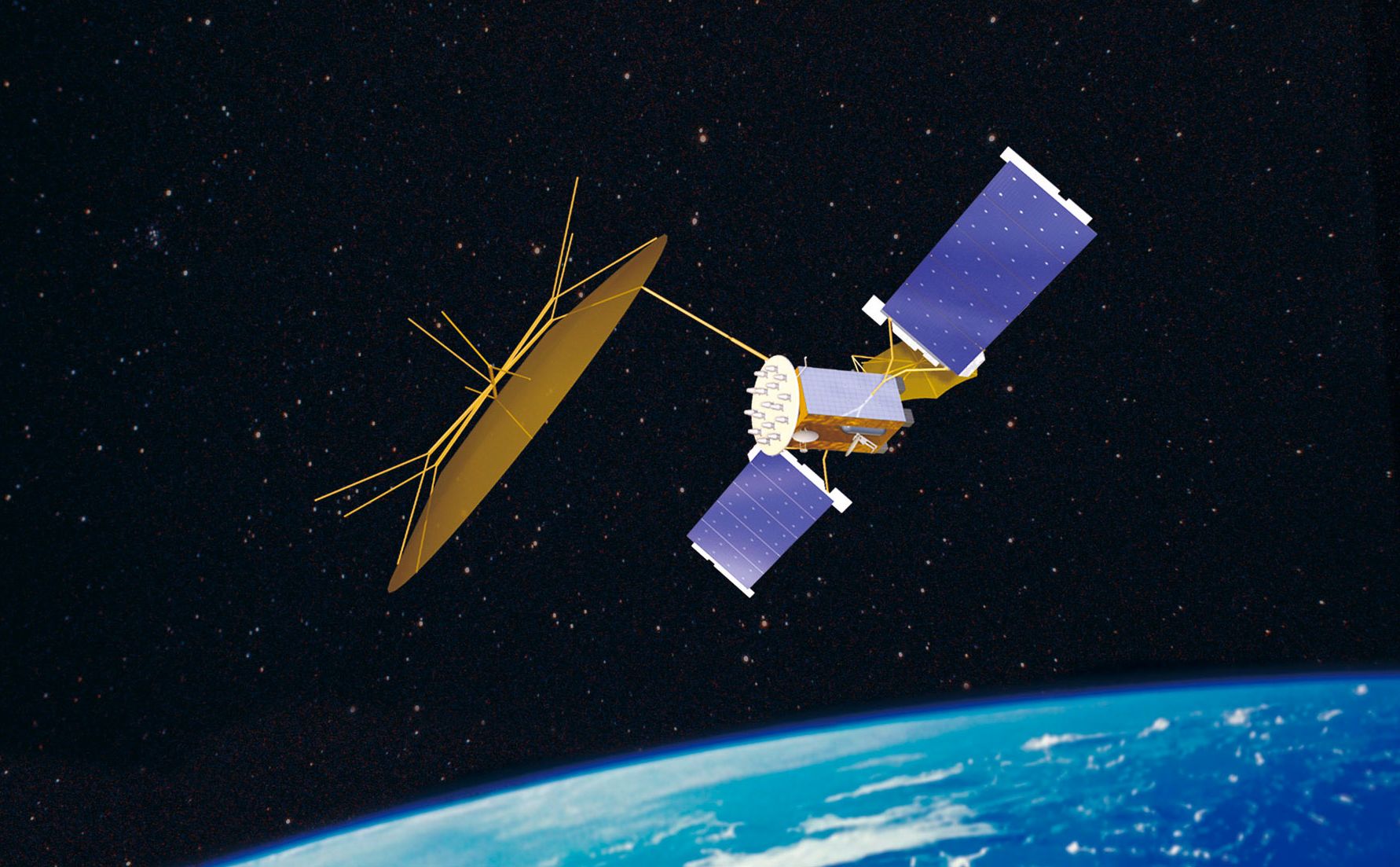,
From zero to 150 in less than a second.
George Sulich stands astride one of two 333-foot-long steam-powered catapults aimed down the runway at the U.S. Naval Air Warfare center in Lakehurst, New Jersey.
The catapults, identical to those that launch airplanes aboard Navy carriers, are used to tweak and test the 1950s launch technology. But Sulich’s interest lies a few steps away, in a concrete-and-steel trench more than 300 feet long, where a new catapult, also aimed down the runway, is under construction. When complete in 2008, it will be the first catapult to use electro-magnetics to launch manned aircraft.
As the Navy’s project manager for the Electromagnetic Aircraft Launch System (EMALS), Sulich’s task is to move the newest catapult technology from development at the research facility to ships at sea. A key instrument in the transition is the 1:12-scale model of an electromagnetic catapult, bolted to the concrete floor inside the lab. In place of a ship’s deck, the model is embedded in a knee-high metal casing about 60 feet long, with a narrow slot a few inches deep that runs along the top. An aluminum block rests snugly in one end of the slot. If an aircraft were part of the model, its nosewheel landing gear would be attached to the aluminum block. When the power is turned on, a wave of electromagnetic force silently shoots the aluminum block to the opposite end of the model at a speed of 60 mph. After a few keystrokes on a computer, the electromagnetic wave travels in reverse, gently returning the aluminum block to its starting position.
As the 21st century dawns, steam catapults are running out of steam. Massive systems that require significant manpower to operate and maintain, they are reaching the limits of their abilities, especially as aircraft continue to gain weight. Electromagnetic catapults will require less manpower to operate and improve reliability; they should also lengthen aircraft service life by being gentler on airframes.
The amount of steam needed to launch an airplane depends on the craft’s weight, and once a launch has begun, adjustments cannot be made: If too much steam is used, the nosewheel landing gear, which attaches to the catapult, can be ripped off the aircraft. If too little steam is used, the aircraft won’t reach takeoff speed and will tumble into the water. The launch control system for electromagnetic catapults, on the other hand, will know what speed an aircraft should have at any point during the launch sequence, and can make adjustments during the process to ensure that an aircraft will be within 3 mph of the desired takeoff speed.
The scale model in the Lakehurst lab is a linear induction motor, an efficient way to generate thrust with a minimum of moving parts. Shipboard electromagnetic catapults will be based on larger linear induction motors, made up of three main parts: two 300-foot-long stationary beams, or stators, spaced a couple of inches apart, and a 20-foot-long carriage, or shuttle, that is sandwiched between the two beams and can slide back and forth along their lengths.
Each beam is made up of dozens of segments. Running down the spaces alongside the two beams, in sealed housings, is the wiring needed to energize them and turn them into an electromagnetic force to propel the carriage. Selectively turning on and off each beam’s segments generates an attractive magnetic force at the carriage’s leading edge and a repulsive magnetic force at its rear. At no point are all the beam’s segments simultaneously activated; instead, only those segments near the moving carriage are energized, creating the effect of a magnetic wave.
…wait, there is more. Follow link below for full report.









